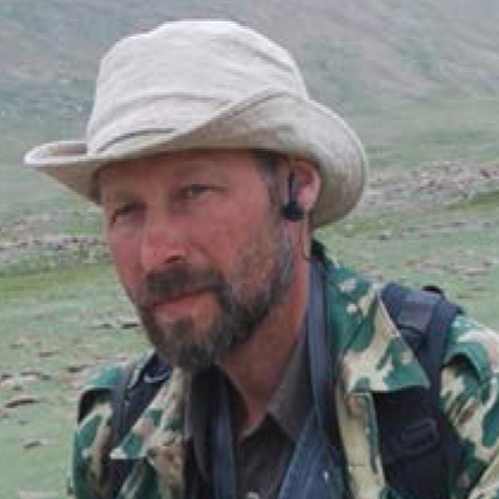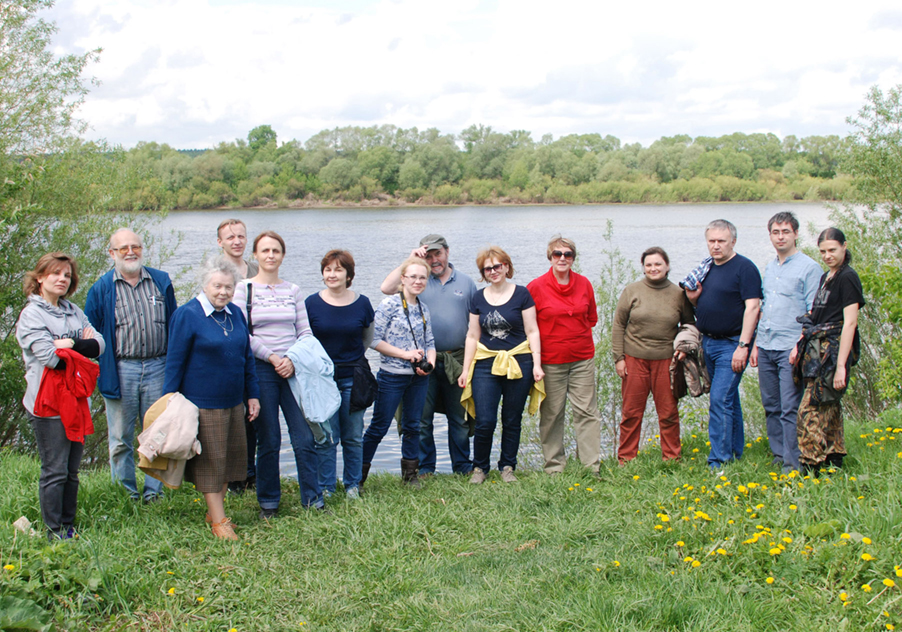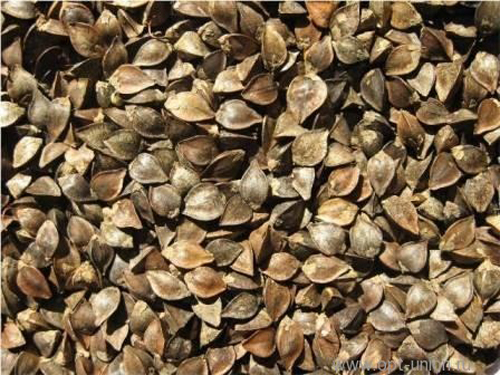Kropotovo Biological Station
The Kropotovo Biological Station (or Kropotovo Experimental Station) is located on the bank of the Oka River in Kashira District of Moscow Region.
The BioStation is a great place of seasonal work for the researchers from IDB RAS laboratories.
These studies are conducted on local species of insects, amphibians and mollusks with the modern methods of electrophysiology, neurobiology, cytochemistry and molecular biology. Kropotovo BioStation is also a place of active cooperation between IDB RAS scientists and scientists from Russian and foreign research institutes.
The Biostation is a traditional place of summer practical courses and schools for students and young scientists.
In 2020, a breeding center for endangered small mammal species was established at the Kropotovo BioStation. The first project is a creating of breeding farm for the Russian desman. The Russian Desman (Desmana moschata) is a critically endangered species of the IUCN Red List that is on the verge of extinction. The project is supported by a grant from the Fund of the President of the Russian Federation.
The main research topics of the BioStation:
- genetics of plant development,
- polyploidy,
- induced mutagenesis,
- heterosis,
- genetic control of flower morphogenesis,
- genetic control of flavonoid biosynthesis,
- the role of biologically active flavonol compounds in the regulation of gene expression during the plant morphogenesis.
These studies are performed on many plant species and forms, both model and agricultural, medicinal, and decorative.
Breeding at the BioStation:
- creating varieties of tetraploid buckwheat with high content of rutin,
- creating varieties of calendula with high content of flavonoids,
- breeding of ornamental plants,
- obtaining and preservation of seed stocks of super elite patented varieties of buckwheat and marigold.
History of the BioStation
The Kropotovo Biological Station was established in 1927. In 1967, it became a part of the Koltzov Institute of Developmental Biology. Boris Astaurov, a leading Russian cytogeneticist, was the first director of the BioStation. In 1987, the Station was named after B.L. Astaurov.
Many famous Russian biologists worked at the BioStation: N.K. Koltsov, L.Y. Blyakher, L.D. Liozner, M.S. Navashin, S.L. Frolova, N.P. Dubinin, V.V. Sakharov, B.N. Sidorov, N.N. Sokolov, V.G. Mitrofanov, T.M. Turpaev, N.G. Khrushchov, S.G. Vasetsky and others.
The Biological Station was the platform for research on sex control, parthenogenesis and androgenesis initiated by Boris Astaurov in the 1930s. He developed techniques for artificial parthenogenesis, intraspecific and interspecific androgenesis, and obtained the first artificially produced polyploid animal species. The main model object of these studies was the domestic silk moth, Bombyx mori.
Under the supervision of Vladimir Strunnikov, methods of breeding and sex regulation in B. mori were developed, and highly productive breeds and hybrids of B. mori were introduced into sericulture
The BioStation team

Yaroslav Petruk
Head of the BioStation

Oleg Brandler
Scientific Director, Leading Researcher (Genome Evolution & Mechanisms of Speciation), PhD
Desman Farm
The Russian Desman (Desmana moschata L.) is an endemic species inhabiting the Volga and Ural River basins. Nowadays this species has become extremely rare due to loss of habitat (farming), water pollution, illegal fishing nets, and the introduction of non-native species. Only a select few can be able to observe the desman in its natural environment. Moreover, zoos have not succeeded in breeding this animal. Establishing of a livestock in captivity with subsequent reintroduction of animals into nature is one of the priorities for the preservation of the desman. That is why the main aim of our project is to develop the methods for breeding of the desman in an artificial environment.
The project of creating a farm for the maintenance and breeding of the Russian Desman is being undertaken by the IDB RAS in partnership with the The Biodiversity Conservation Center (BCC). This project was supported by the grant # 20-2-024516 from the President of the Russian Federation (Oleg V. Brandler is a PI of the project). To create an artificial population of the Russian Desman, the first module of the farm was built on the territory of the IDB Biological Station Kropotovo.
The Russian Desman breeding farm was built to house 6 pairs of animals in pools (1.2x1.8 m, 0.8 m in depth) with dry burrows made of wood and plastic materials. Water exchange, feeding, and observation were designed in a way to provide minimal disturbance to the animals. A special compartment with a 2.2x1.3 m pool and two dry burrows is constructed for keeping young animals and for the formation of mating pairs during the breeding season. The farm is equipped with climate control systems to imitate the temperature dynamics in the wild.







